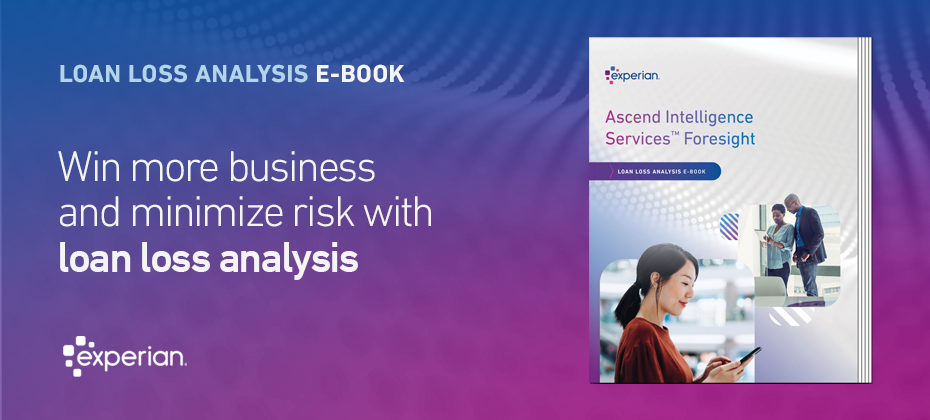— by Heather Grover
I’m often asked in various industry forums to give talks about, or opinions on, the latest fraud trends and fraud best practices. Let’s face it – fraudsters are students of their craft and continue to study the latest defenses and adapt to controls that may be in place.
You may be surprised, then, to learn that our clients’ top-of-mind issues are not only how to fight the latest fraud trends, but how they can do so while maximizing use of automation, managing operational costs, and preserving customer experience — all while meeting compliance requirements.
Many times, clients view these goals as being unique goals that do not affect one another. Not only can these be accomplished simultaneously, but, in my opinion, they can be considered causal. Let me explain.
By looking at fraud detection as its own goal, automation is not considered as a potential way to improve this metric. By applying analytics, or basic fraud risk scores, clients can easily incorporate many different potential risk factors into a single calculation without combing through various data elements and reports. This calculation or score can predict multiple fraud types and risks with less effort, than could a human manually, and subjectively reviewing specific results. Through an analytic score, good customers can be positively verified in an automated fashion; while only those with the most risky attributes can be routed for manual review. This allows expensive human resources and expertise to be used for only the most risky consumers.
Compliance requirements can also mandate specific procedures, resulting in arduous manual review processes. Many requirements (Patriot Act, Red Flag, eSignature) mandate verification of identity through match results. Automated decisioning based on these results (or analytic score) can automate this process – in turn, reducing operational expense.
While the above may seem to be an oversimplification or simple approach, I encourage you to consider how well you are addressing financial risk management. How are you managing automation, operational costs, and compliance – while addressing fraud?


